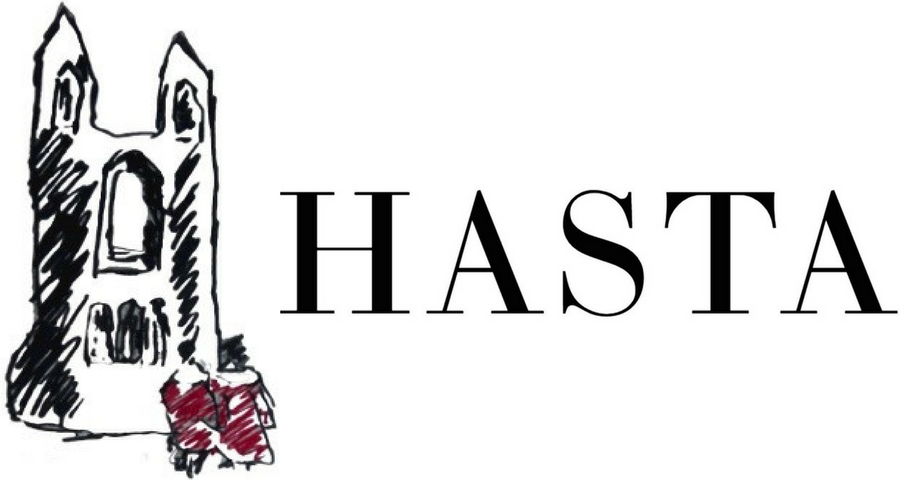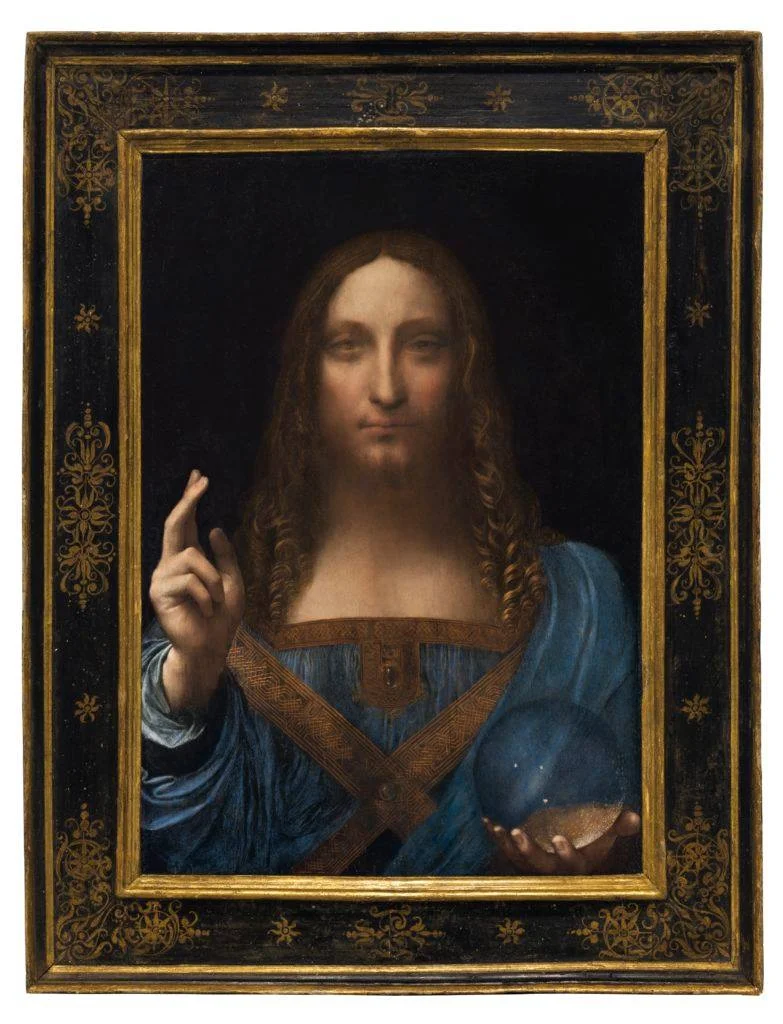The $450.3 Million Da Vinci
By Iona Bielby
In a tense Christie’s room on Wednesday, November the 15th, Leonardo da Vinci’s Salvator Mundi (c.1500) sold for $450.3 million, taking the record as the most expensive work of art ever sold at auction.
Leonardo da Vinci, Salvator Mundi. Oil on walnut panel. Panel dimensions: 25 13/16 x 17 15/16 in (64.5 x 45.1 cm) top; 17¾ in (45.6 cm) bottom; Painted image dimensions: 15⅜ x 17½ in (64.5 x 44.7 cm). Courtesy of Christie’s Images Ltd. 2017.
According to the New York Times, Christie’s was expecting Leonardo Da Vinci’s recently rediscovered masterpiece to sell for at least $100 million. Given that there were already talks of private bids from a third party, it was almost guaranteed the piece would exceed $100 million. Christie’s claimed the decision to auction the piece in the auction house’s Post war and Contemporary Evening Sale proves the timelessness of the piece. This means that Da Vinci’s painting would have been competing against works by Francis Bacon and Andy Warhol.
The panel painting of Christ translates to “Saviour of the World.” The provenance of the painting makes it, according to the New York Times, the ‘art discovery of the century,’ adding to the anticipation of its fate in the Wednesday auction. In 2005, Salvator Mundi was unrecognisable and in poor condition. It was bought at an auction in the US for less than $10,000. However, after cleaning, research, and deliberation, it was speculated to be a work of Da Vinci’s. It was then sold in 2013 to Swiss businessman, Yves Bouvier for $80 million in a private sale through Sotheby’s. The painting was soon sold to Russian billionaire collector, Dmitry E. Rybolovlev, for $127.5 million. The profit made by Bouvier is currently the subject of a legal dispute between the two parties.
Auctionere, Jussi Pylkkanen. Source: http://www.telegraph.co.uk
Although a major discovery for the art world and market, scholars still have reservations about Leonardo’s involvement in the painting. The curator of the Metropolitan Museum of Art’s current Michelangelo show, Carmen C. Bambach told the New York Times, ‘much of the original painting surface may be by Boltraffio, but with passages done by Leonardo himself.’
The implications of such a controversial provenance combined with such a significant artist creates an excitement not only around Salvator Mundi, but also in the art world as a whole. For people inside the art market, the Salvator Mundi offers a reassurance of market prosperity. For people outside the art market, the painting offers a surreal and mysterious escape and an insight into the world of art.
For more information about its discovery and restoration, see our previous article on the subject here.
Bibliography
Bailey, Martin. "From £45 to $100m: Leonardo heads to New York." The Art Newspaper. November 14, 2017. Accessed November 16, 2017. http://theartnewspaper.com/news/from-pound45-to-dollar100m-leonardo-heads-to-new-york.
Farrell, Jeff. "Salvator Mundi: This is your only chance to buy a genuine Leonardo Da Vinci painting." The Independent. November 12, 2017. Accessed November 15, 2017. http://www.independent.co.uk/news/world/americas/salvator-mundi-leonardo-de-vinci-auction-sale-christies-sothebys-new-york-art-collection-a8051046.html.
Reyburn, Scott. "Contemporary Art Sales: Do I Hear $100 Million?" The New York Times. November 11, 2017. Accessed November 15, 2017. https://www.nytimes.com/2017/11/11/arts/design/leonardo-da-vinci-sothebys-christies-phillips-picasso.html?action=click&contentCollection=design®ion=rank&module=package&version=highlights&contentPlacement=1&pgtype=sectionfront.


